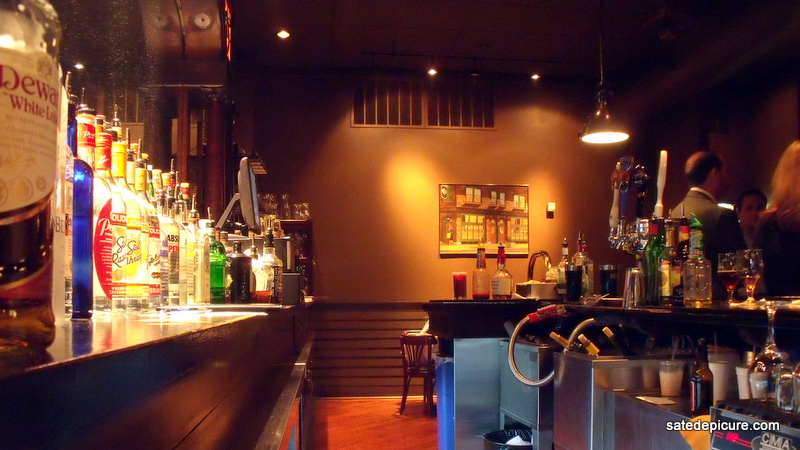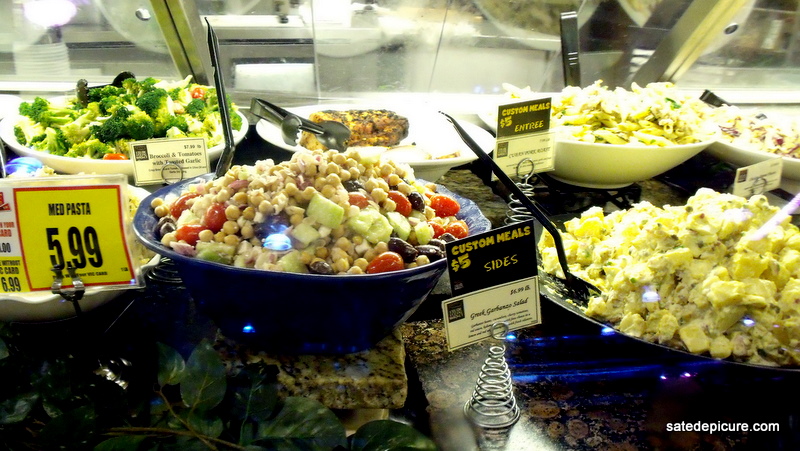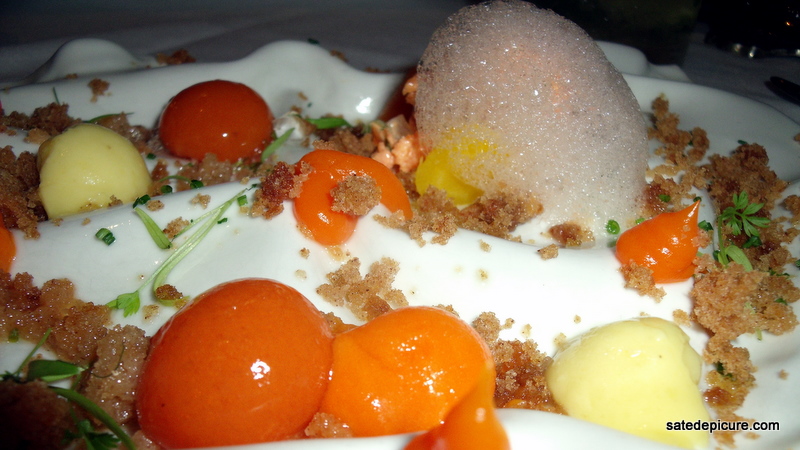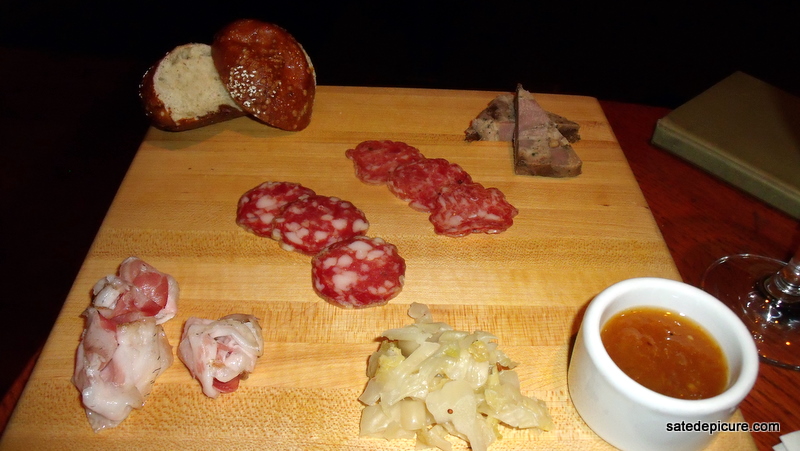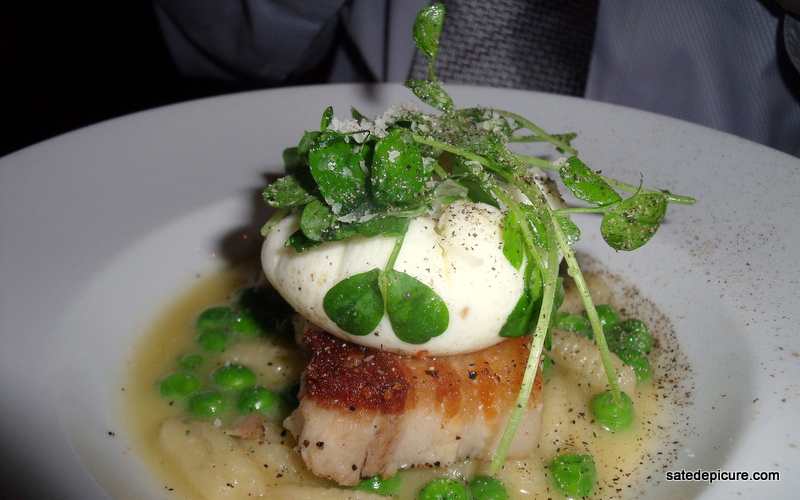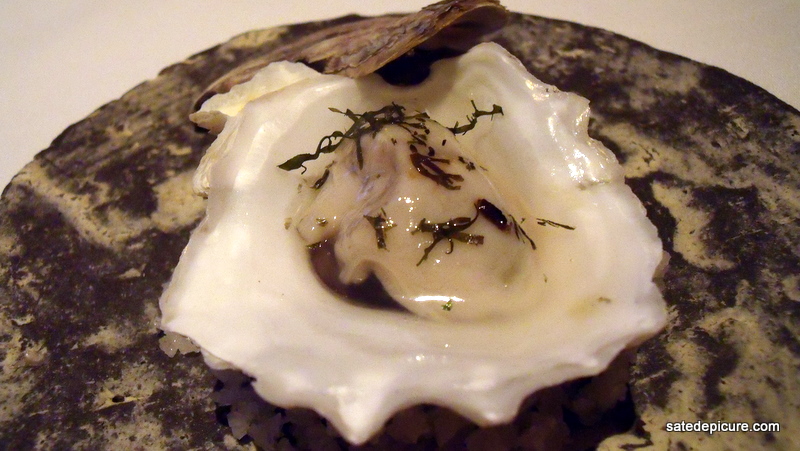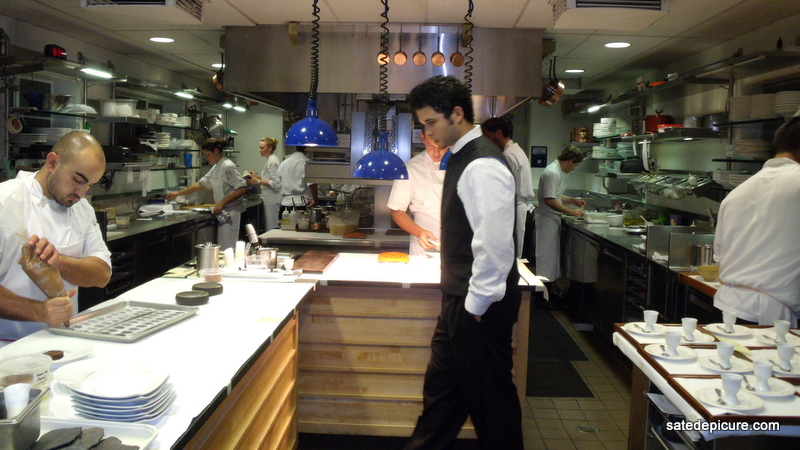The food, dining, and service trends for 2011 posted to satedepicure.com were compiled based on my own expertise, thoughtful observations from visiting or eating in 2010 at over 60 fine dining restaurants, more than a dozen supermarket brands, and multiple (more than 10) fast casual restaurant concepts in more than a dozen U.S. cities including Boston, New York, Providence, Chicago, Atlanta, Washington, D.C., Los Angeles, Phoenix, San Francisco, Denver, New Orleans, St. Louis, Charlotte, Baltimore, and Miami. When visiting a city I preplan an itinerary that involves visiting at a minimum, one fine dining restaurant rated 26 or higher for food (if available) by Zagat guide, one quick service restaurant (preferably independently owned) and a visit to the prepared food section of a least one high-end supermarket. It isn’t unusual for a visit to include multiple restaurants and retail markets as time and budget allows. My primary goal is to gauge the culinary talent, menu trends, restaurant design, service, wine and beverage, pricing and overall economy as measured by restaurant pricing and volume, even if based on a limited sampling of the local market.
During my visits, in addition to dining, I usually talk with the chef or owner of the establishment and spend time prior to the visit studying the establishments web site and menu if available. After dining at a restaurant and taking notes, my experiences from select visits are posted in simple form on satedepicure.com along with a photo record of the dishes I enjoyed and, in some cases, comments and reflection. Through the past year I have collected hundreds of photos of dishes as they were served. One of the interesting things about satedepicure.com is that the site features photos of what I was served rather than studio shots of dishes created for public relation purposes. Satedepicure.com captures an experience in actual form along with notes based on expert opinion.
Early in December I synthesized these data while searching for patters in cooking methods, ingredients, menu descriptions, décor, service, and philosophy that I experienced in the prior year. If provided a tour of the restaurant, I look through my notes for trends in design and equipment as well. Once I have compiled a rough list of patterns from the past year I sort them according to ones that are emerging (gaining momentum), ones that are fading, and ones that have become so ubiquitous that they have transitioned to permanent. With so much data on hand, this process of sorting and listing is time-consuming but surprisingly easy to do; the patterns become obvious at the macro level. For ease of publication and search I have posted four sets of trends:
- 2011 Top Five Emerging Food Trends
- 2011 Top Five Menu Items/Ingredients
- 2011 Top Five Trends that are now Permanent
- 2011 Top Five Trends that are Fading
The items listed are based on the synthesizing and sorting process outlined above. They are my own (with all their limitations) and represent, to the best of my knowledge, where food, dining, and service is headed in 2011. Happy New Year and thank you for reading Satedepicure.com!
